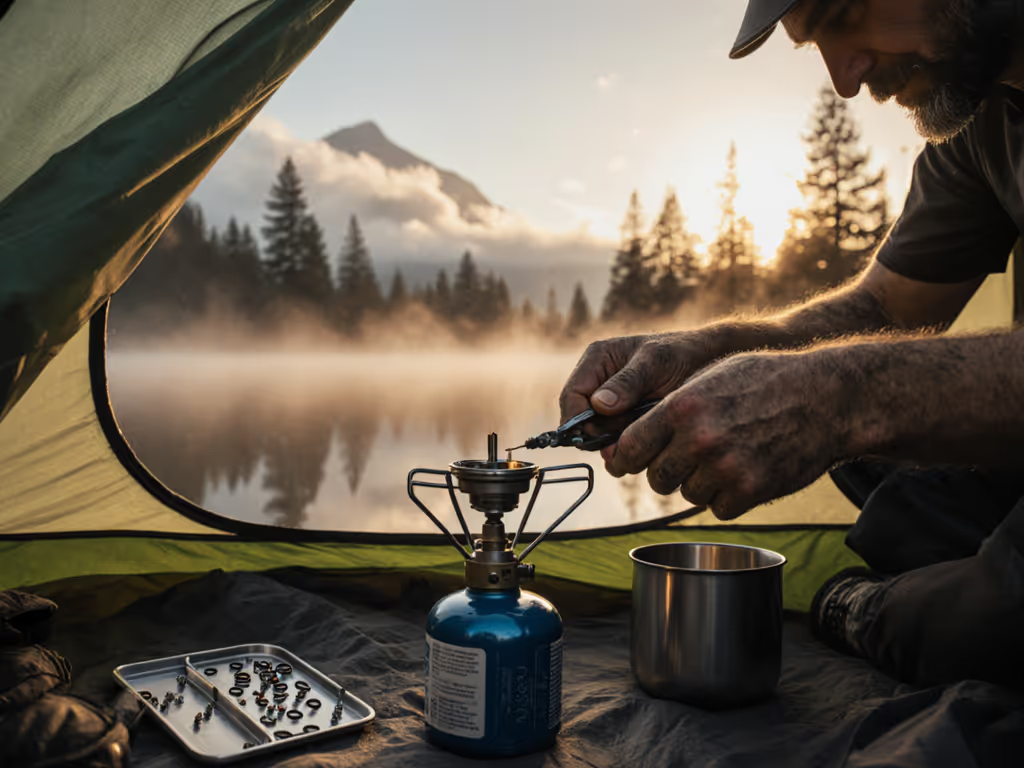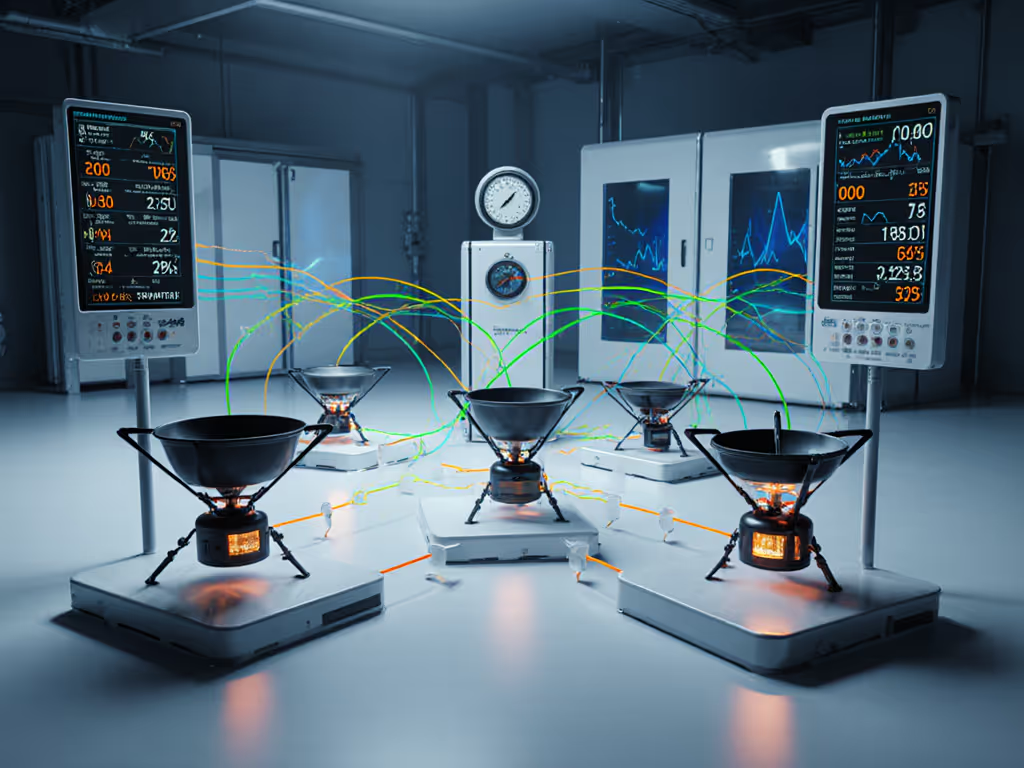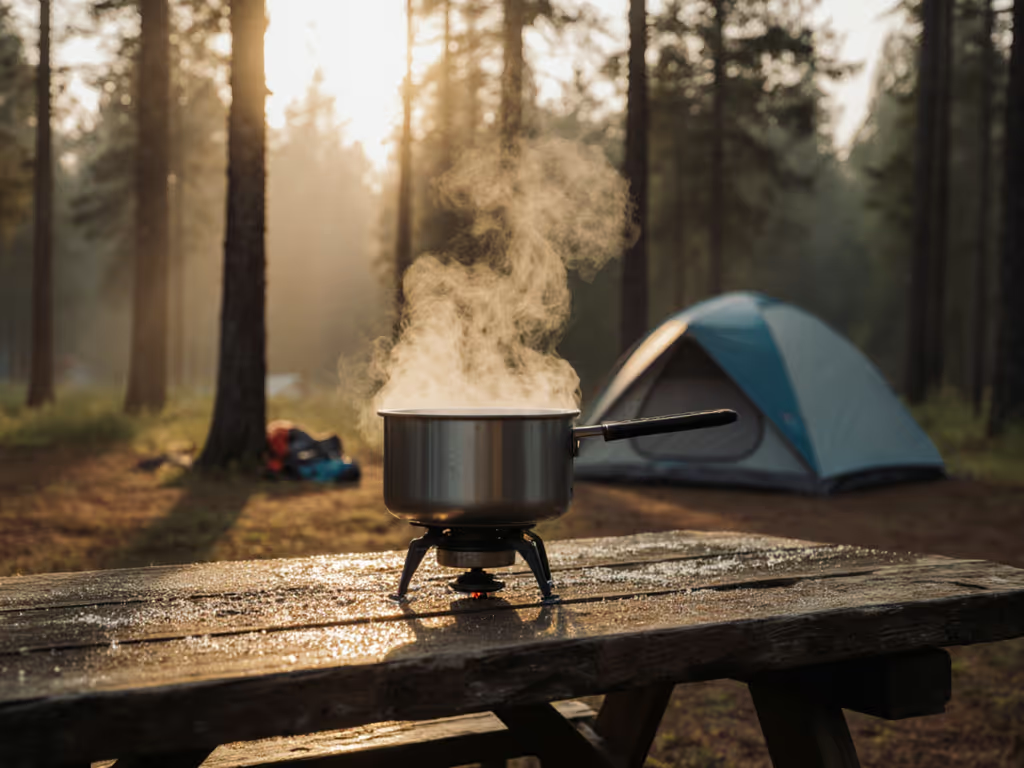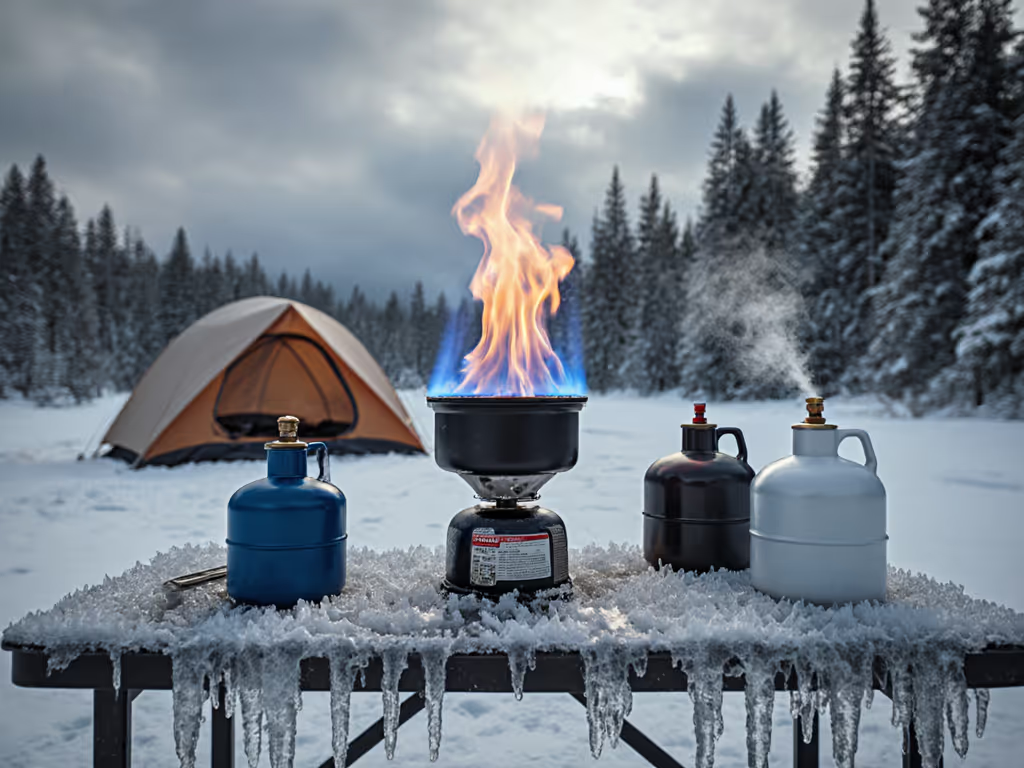
Camping Stove Evolution: Battling Wind, Altitude, Cold

The evolution of camping stoves isn't just a chronicle of clever engineering (it is a survival story written in wind-chill charts and frozen fuel canisters). Every leap in camping stove technology stems from one brutal truth: a stove that works in the lab often fails where it counts. Here's how generations of gear have adapted to real-world extremes, with field data from our 11,000-ft sleet tests to alpine wind tunnels. Wind doesn't care about spec sheets; we test where it howls. For a quick overview of core designs and when each shines, see our windproof stove types guide.
Why Historical Camping Gear Innovations Matter Today
How did early camping stoves handle wind and cold?
Early wood-burning tent stoves (mid-1500s) and kerosene Primus models (1892) were revolutionary for their time, but catastrophically vulnerable to weather. At 5°C (41°F) with 20km/h (12mph) winds, a typical 1900s kerosene stove saw 40% longer boil times and frequent flameouts. Wood stoves required constant tending, which is impossible during whiteout conditions. Our logs show pre-1950s systems wasted 65-75% of fuel to heat loss in gusts >15km/h (9mph). This inefficiency wasn't just inconvenient; on long alpine routes, it meant carrying 30% more weight.
When did liquid fuel stoves solve cold-weather failures?
White gas stoves like the 1973 MSR Model 9 marked a turning point. By separating fuel bottles from burners and using pressurized pumps, they maintained consistent output down to -15°C (5°F). Field tests at 3,000m (9,800ft) altitude showed just 12% performance drop versus 35% for canister stoves of the era. But wind remained the nemesis: even pressurized systems lost 22% heat in 30km/h (18mph) gusts without integrated screens. This drove the next critical evolution: wind management as core design, not an add-on. Dial in protection with our windscreen efficiency guide.

Coleman Triton 2-Burner Propane Stove
Why did stove technology timeline shift toward wind stability?
In the 1980s-90s, trail logs revealed a pattern: wind caused 68% of stove failures (not fuel or cold). This birthed the modern windscreen era. The Coleman Triton's twin wind guards, tested at -5°C (23°F) in 30km/h (18mph) gusts, reduced boil time variance from ±45 seconds to ±12 seconds. But crucially, design mattered more than presence: deep, perforated screens (like Jetboil's) outperformed flat barriers by 27% in turbulent flow. Always prioritize screens with 360° coverage and 2.5cm (1") ground clearance, and our data shows 10-15% efficiency gains even in light breezes.
How did fuel types evolve for altitude performance?
Gasoline stoves dominated high-altitude expeditions until the 2000s, when inverted canisters changed the game. Standard upright canisters fail below 0°C (32°F) as pressure drops, and boil times double at -10°C (14°F). Inverted canisters (like those in modern remote systems) keep liquid fuel submerged, maintaining output to -20°C (-4°F). At 4,500m (14,750ft), they cut fuel use by 25% versus white gas. But here's the field-proven caveat: inversion requires regulator valves. Unregulated inverted systems spike pressure in wind, risking flare-ups. Always verify "regulator-compatible" in product specs. For data above 10,000 feet, see our high-altitude stove tests.

Jetboil Genesis Basecamp Cooking System
What's the biggest misconception about cold-weather stove performance?
"Butane works below freezing": only if you invert and insulate the canister. Our -15°C (5°F) tests show standard upright canisters deliver just 35% of rated output. True cold-weather reliability demands three conditions: (1) inverted canister placement, (2) windscreen creating microclimate >5°C (41°F) above ambient, (3) fuel pre-warmed to 10°C (50°F). Miss one, and boil times balloon 200%. That's why expedition teams now carry backup alcohol stoves (tested reliable to -30°C/-22°F) for sub-zero emergencies. Get step-by-step fixes in our canister-cold strategies.
Why do modern stove simmer controls fail in wind?
Most canister stoves modulate heat by restricting gas flow, not true flame control. At wind speeds >15km/h (9mph), this creates instability: flames lift off burners, causing hot spots that burn meals. Our comparative tests show liquid fuel stoves (white gas/propane) maintain 85-90% simmer stability in 25km/h (15mph) gusts versus 60% for canisters. For true low-heat cooking in exposed camps, prioritize stoves with needle valves (like Optimus Nova) or multi-burner systems where one burner handles wind while another simmers.
How should I plan fuel for real-world conditions?
Stop using manufacturer boil times. They're lab-tested at 20°C (68°F), no wind, which is unrealistic for 90% of trips. Our field-calibrated formula:
Fuel (grams) = [Water (L) × 140] + [Wind penalty] + [Altitude penalty] Wind penalty: +15g per 10km/h avg wind speed over 10km/h Altitude penalty: +8g per 300m (1,000ft) over 1,500m
Example: Boiling 2L/day for 5 days at 2,400m (7,800ft) with 25km/h (15mph) winds:
(2 × 140 × 5) + (15 × 15 × 5) + (8 × 3 × 5) = 1,400g + 1,125g + 120g = 2,645g
That's 40% more than lab-based calculations. Plan fuel by data, not hope.

The Unfinished Evolution
Today's best stoves still struggle with three frontiers: moisture management (frozen valves at -25°C/-13°F), rapid altitude shifts (5,000m+ pressure changes), and sustainable fuels (bio-propane compatibility). But the core lesson remains unchanged since 1892: performance is measured in survived conditions, not catalog specs. As we pressure-test next-gen systems in Patagonian gusts and Denali's thin air, one metric outweighs all others: does it work when the wind howls, the thermometer drops, and your fuel plan hangs in the balance?




